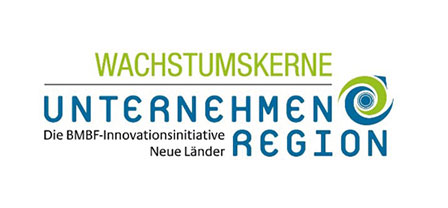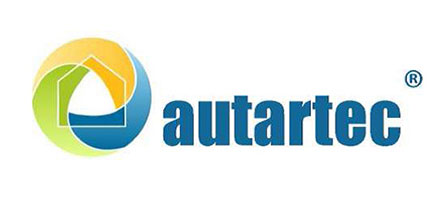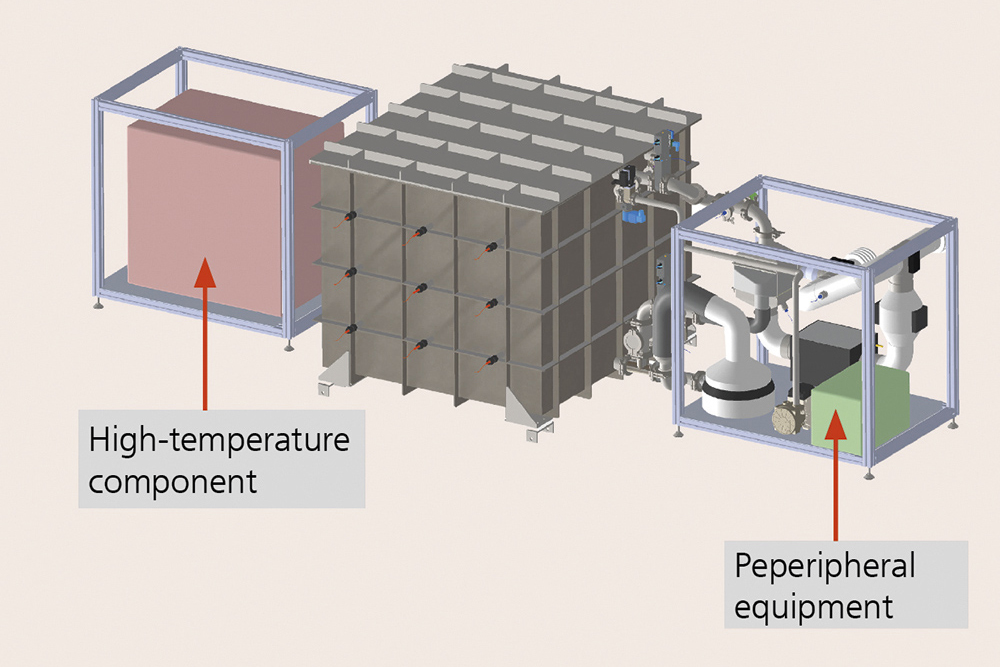
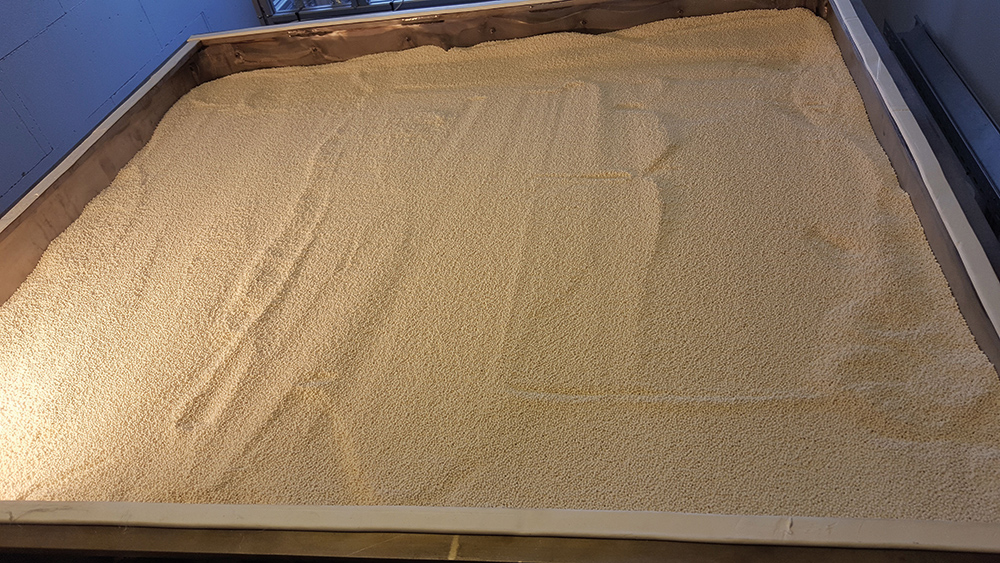
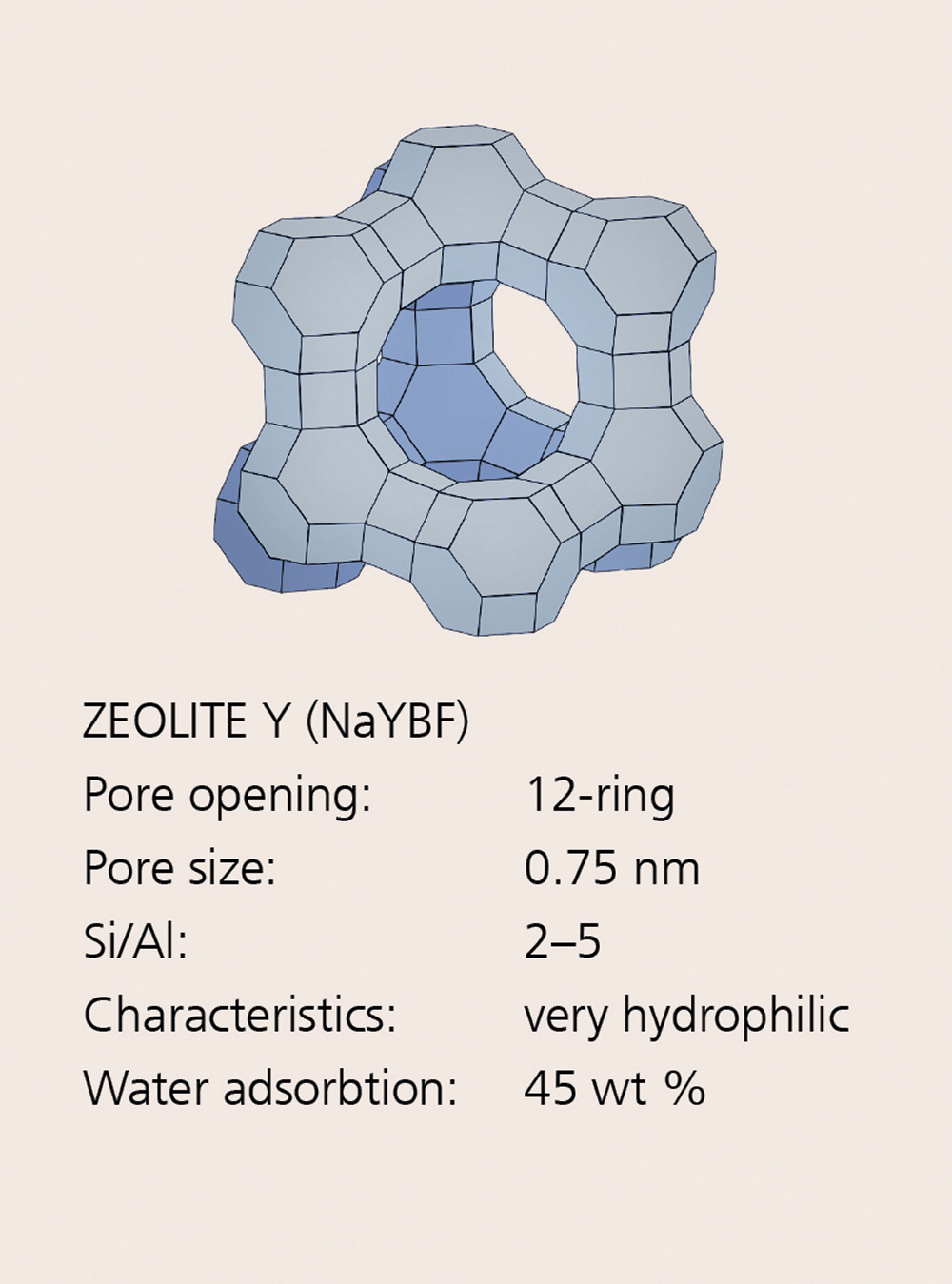
Hydrophilic zeolites have a high water adsorption capacity combined with a high adsorption enthalpy. For these reasons, zeolites are commercially used for short-term heat storage and for cooling. However, zeolite-based long-term heat storage solutions for using solar energy or waste energy from industrial processes have not yet reached the market. Fraunhofer IKTS researchers systematically investigated the adsorption properties of binder-free zeolite granules and zeolite honeycombs in order to determine under which conditions they can be used as seasonal heat accumulators. Binder-free zeolite granules, dried at various temperatures, were tested in a closed and in an open heat storage system. The released energy was determined by measuring the adsorption capacity, the heat and the local temperature curve. After drying at 300 °C and remoistening in a saturated steam atmosphere, a high adsorption capacity of 26 wt % H2O was achieved for binder-free zeolite NaY granules. Temperatures of up to 80 °C were maintained for more than five hours. As expected, the adsorption capacity was lower at lower drying temperatures, which led to a shorter period of heat development. Nevertheless, the granules reached temperatures of 70 to 80 °C during water adsorption. Open and closed heat storage systems achieved the same results in heating and remoistening. But due to the low thermal conductivity and the very fast water adsorption in the granulate pile, large temperature differences were found at certain points, which can be reduced by constructive measures in the heat accumulator. Based on these results, a prototype zeolite heat storage system was designed and built. 900 liters of NaYBF zeolite granulate with a thermal capacity of 150 kWh were filled in between the closely spaced heat exchanger plates of the storage unit. In this closed system, energy could be thermochemically bound at an optimal temperature of 200 °C and in a 50 mbar vacuum. The temperature required for the activation of the zeolites can be provided in the summer by solar heat collectors or through electrical heating with solar power. In this way, the thermochemical energy can be stored seasonally in the zeolite structure.
Services offered
- Development of new zeolite structures
- Application-related design and development of binder-free zeolite bodies
- Configuration and design of heat storage systems

